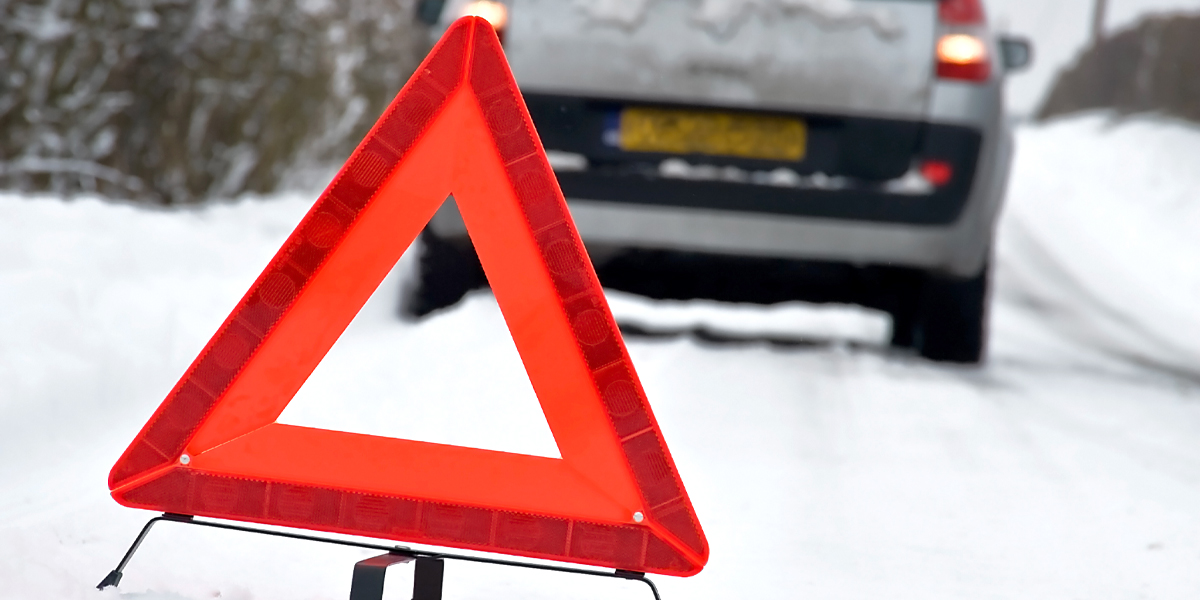Winter Driving Tips
On By
As the weather gets colder and the days get shorter, it becomes even more important to adjust how we drive to stay safe this winter. Below we’ve compiled some top tips on how to keep you and the people around you safe when driving in cold conditions.
Check your lights
Your headlights are integral for winter driving. Making sure that they work and are switched on before you set off will ensure that other motorists and pedestrians can see you clearly.
Check your tyres
Just like your lights, tyres are a critical part of winter driving. Making sure that they are pumped up to the recommended pressure as stated in the owner's manual and that they have an appropriate tread depth will reduce the likelihood of you skidding on icy roads.
The legal minimum tread depth is 1.6mm, although it is also worth considering getting winter tyres or tyres with a deeper tread.
Keep your distance
Wet and icy roads can dramatically increase stopping distances, so it’s important to keep this in mind when you’re driving.
Especially during dark evenings when visibility will be limited, you should keep plenty of space between you and the car in front of you to give you as much time as possible to react to hazards.
Use a higher gear
Driving in a higher gear can give you more control on slippery roads. If it’s particularly icy, setting off in second gear can help you get more grip on the road.
Plan ahead
Whether this is planning your journeys before setting off or taking your time whilst driving, thinking ahead will help you to avoid making rushed decisions that could lead to accidents.
Planning ahead will also allow you to de-ice or de-mist your vehicle before setting off. You should make sure that you can see out of all of your windows before you drive away.
Prepare your vehicle
On top of de-icing/de-misting your vehicle before driving away, you should also make sure that it is fully prepared by checking that your headlights, foglamps and reversing lights are clean, the battery is charged and all your fluids are topped up (anti-freeze, windscreen wash and oil).
Rain, ice and snow lead to mucky conditions that can block your vision. Having your vehicle fully equipped and prepared will ensure that this won't be an issue. You should also make sure that you keep your plates clean as it is illegal to have these covered.
Drive slow
There’s no need to go too fast when conditions are difficult. Reducing your speed, even by a fraction, can go a long way to keeping you and others safe.
Carry a breakdown kit
Cold conditions will make your vehicle more susceptible to breaking down, so making sure that you have all of the essentials on board will be really helpful.
Warm clothing and blankets will keep you warm if you're left stranded in the cold for a long period of time. A torch and high-visibility jacket stored in your glove box will ensure that you stay visible if you have to exit your vehicle, and a first-aid kit will help you deal with any minor injuries right away.

